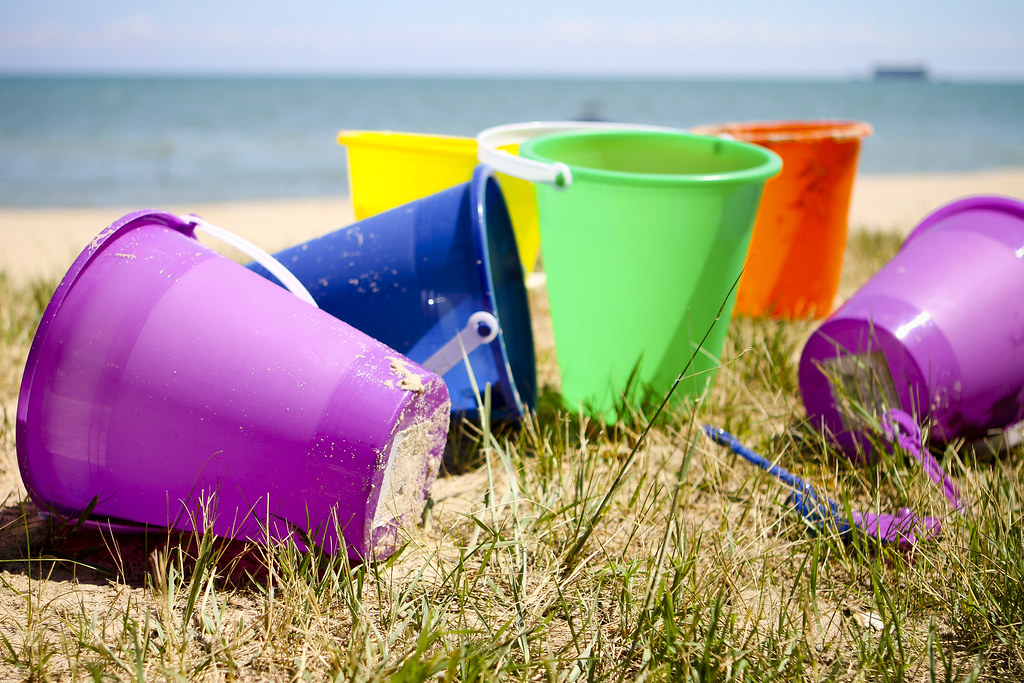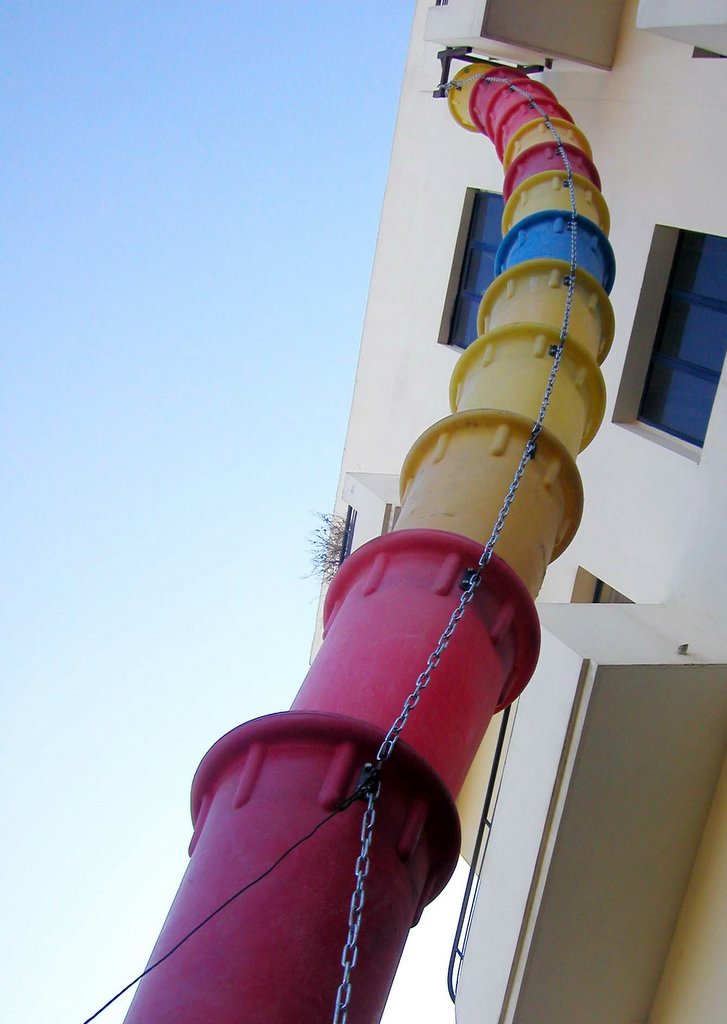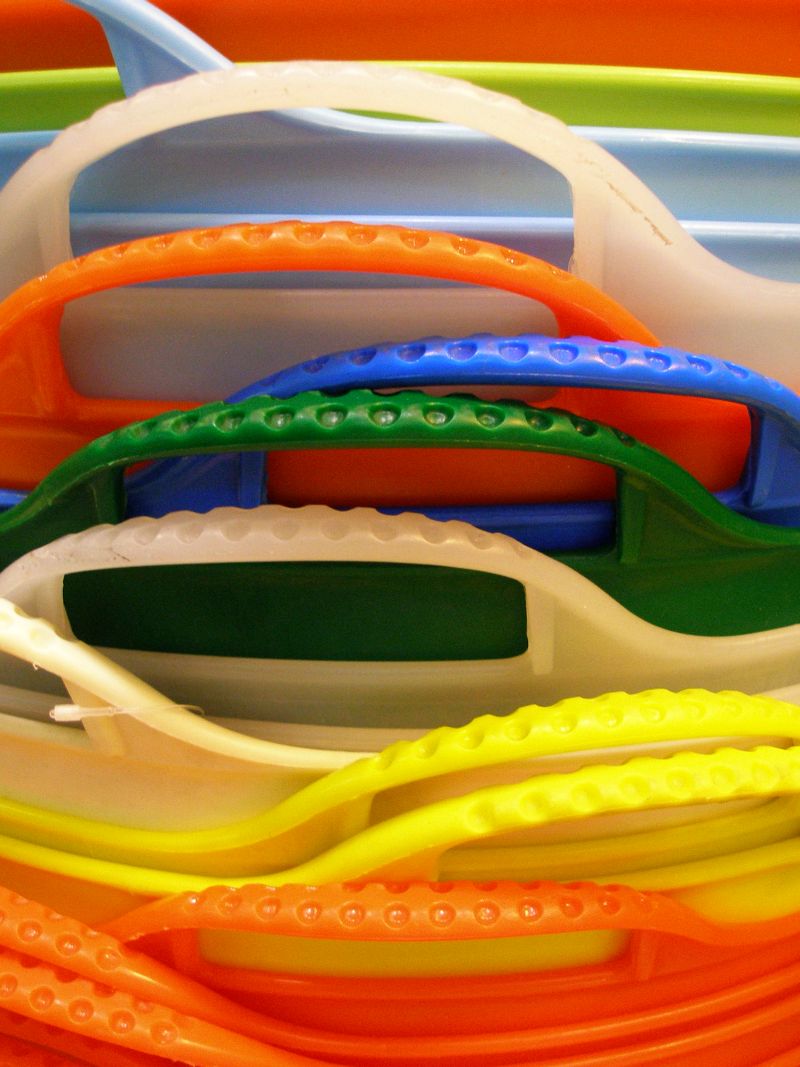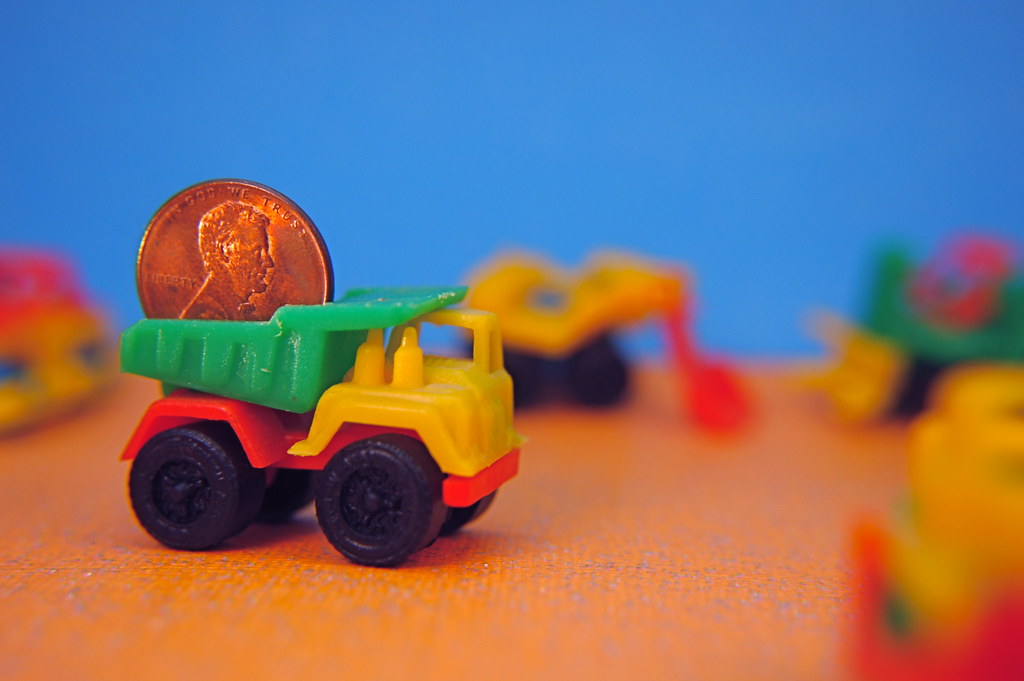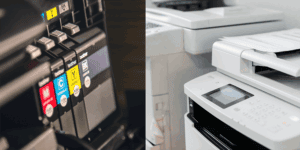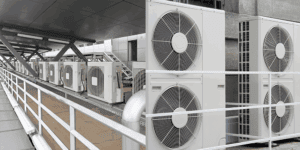‘Kicking the Plastic Bucket’
This post is not as morbid as the title suggests! Plastic Expert operates in such a way that we have a great knowledge of our end markets. When we collect your waste, we know where it is going, rather than it being passed about between brokers looking for the best prices. In this post, we will share the knowledge of what happens in the life and times of a plastic bucket.
Step one
Tom is a construction worker. The site Tom is working at has just had a delivery, providing them with some higher quality equipment. The paint-stained, concrete-splatter hardened bucket that he used to use is now deemed redundant. Tom throws his old plastic bucket in the skip, starting off a chain of a events that he is too busy to consider.
Step two
The construction site have been swamped, and their skips are full at the end of the day. A contract is in place with the Skip Hire Company and a collection is made. The skip containing the bucket is hauled on to the back of a large truck and driven away.
Step three
The skip arrives at the Skip Hire’s recycling centre, where it is assumed that recycling ‘just happens’. There are several directions in which the bucket may travel from here. Bare in mind that the bucket is a rigid plastic, most commonly made out of PP (number 5) or HDPE (number 2) and this is fully recyclable.
Choice one – It’s not ideal, and it’s not necessary, but there is every chance that the bucket will end up being sent to landfill.
fplasticChoice two – It’s hoped that this happens more often than not, but it’s sometimes hard to say. The skip’s contents would be sent down a sorting line, with workers pulling out the materials they are told to. There are new technologies that allow this procedure to be done by machines, and in very advanced centres, there may even be Artificially Intelligent waste sorting.
Choice three – The bucket is sent for Mechanical Biological Treatment (MBT), and becomes either Refuse Derived Fuel (RDF) or Solid Recovered Fuel (SRF). In layman’s terms, it gets incinerated.
My friend, Senior Toxicity Scientist, Lee Bell, offered his insight into making one of these three choices: “Recycling of plastic waste is becoming a critical issue in a carbon constrained economy where there are strong indications that we have reached peak oil. As a petrochemical derivative the fate of plastics is inextricably tied to increasing oil scarcity and growing oil demand. Plastics will become increasingly expensive to produce. Recycling plastics makes economic sense and environmental sense. Landfilling plastics is an enormous waste of a resource and leads to groundwater pollution as acidic leachate extracts toxic chemicals from the plastic matrix.”
Lee goes on to say “Incineration of plastic waste is far worse as it destroys the embedded energy of the plastic item (the energy used to extract, refine, produce and transport the petrochemical based plastic) and converts many elements of the plastic (chlorine, flame retardants etc) into toxic air emissions and toxic ash for a paltry amount of calorific energy. It has been demonstrated that recycling plastic such as PET can save 26 times as much energy as the calorific energy obtained by burning the plastic in a waste to energy incinerator. You might as well burn pound notes as plastic.”
Tip: Find out what your chosen Skip Hire Company’s policies are when it comes to directing their materials after collection. The higher the recycling rates the better. It can be a great addition to your CSR policy to consider the recycling rates of the Skip Hire Companies that you deal with.
Let’s continue under the impression that our dear friend ‘The Bucket’, has gone down the route of recycling, and has been picked out at the sorting line.
Step four
This step regards the quality control measures that are in place to ensure that the bucket will move forward to the next stage.
The operations manager of a waste recycling centre will be tasked with informing, educating and overseeing the sorting process. Through their guidance, the correct materials must not only be pulled out, but then also separated correctly into the distinct types. In terms of plastic, there are 7 categories, and remember our bucket is likely to be made of either HDPE(2) or PP(5).
Step five
This sorted material will be placed in a baler; which is a large machine that squashes material to make it into the most compact shape possible. This compact cube, fastened tightly with baling wire is now at maximum efficiency for transport. Our bucket is somewhere in this bale, probably still mostly intact.
Step six
The bales of material are stored until there are enough to warrant a collection. This is where companies like Plastic Expert come into play. Plastic recycling companies such as ourselves, buy these bales and move them on to the next step. There are a few decisions that need to be made at this step.
Choice one – Have the material collected on a trailer and go to a UK storage site, where it can be collected in ever more quantity.
Choice two – Load it into a shipping container and have it sent overseas, often to China or South-East Asia.
Choice three – This is our preferred method, and it involves sending the material (and our bucket) via truck to Wash Plants in Central Europe.
Step seven
EU sorting plants will welcome the material into another sorting process, this time mechanical. Each polymer type is segregated and granulated, meaning that it is turned into little granules, or pellets. These granules are then put through a washing process, in which various solvents and liquids clean the plastic and filter out any sediment or alien material. It is plausible that the granulating and washing will be done by separate businesses, but that is purely dependent on who owns the machinery.
Step eight
Tom’s old construction bucket is now part of a barrel of granulated plastic, which could be made up of anything from underground piping, to wire cabling, or kitchen aprons. This granulated polymer will be sold into manufacturing to make a new product. Most of these re-manufacturing plants are found in China and South-East Asia although Germany has a sizeable manufacturing market.
Step nine
The re-manufactured product is likely to be shipped over to the west, to be sold as something new. There is every chance that a new bucket may contain a piece of Tom’s old one.
And that is how you ‘Kick the Plastic Bucket‘.
However, that process will always welcome technological updates and advances. It is open to change and adaptation, and in the near future, it is likely to be revolutionized by China. With the Chinese planning to introduce a closed loop economy, their demand for European plastics will be left to chance. When China begins collecting their own recyclable waste on a national scale, and they begin re-manufacturing it at all stages, they can effectively cut us out. In this scenario, it is more likely that China will increase their ‘Green Fence’ situation and demand a much higher quality when importing plastics. The alternative is that over time, China will lower their quality demands and take more material, helping boost EU recycle rates. Until China enforces a closed loop economy, we can only hope to improve our own affairs, and increase our independence.

